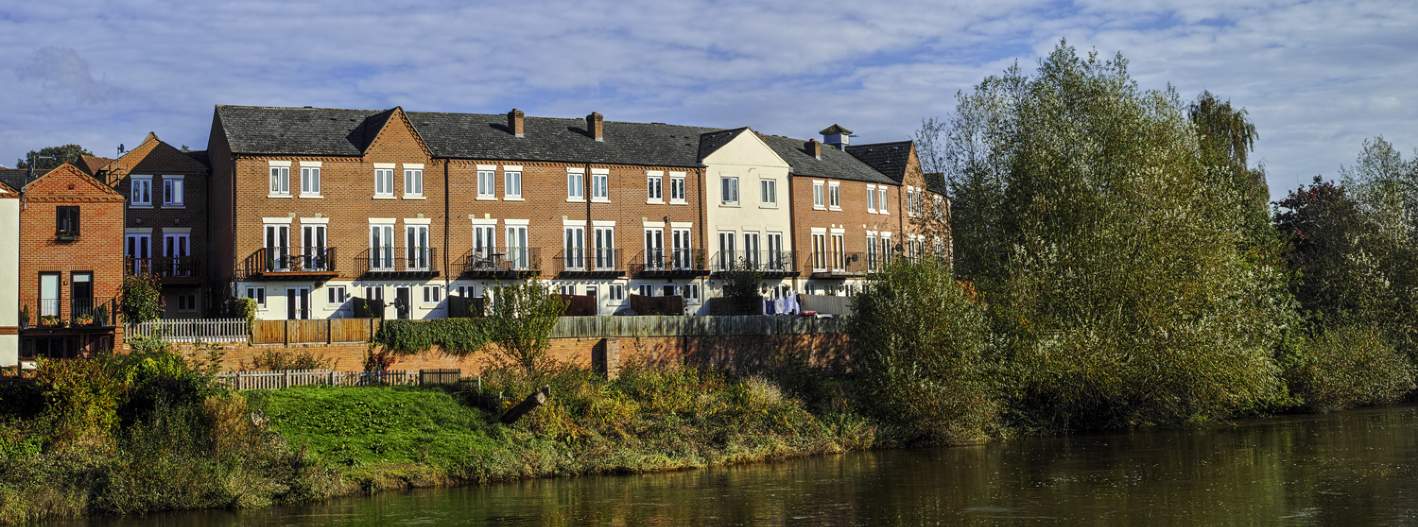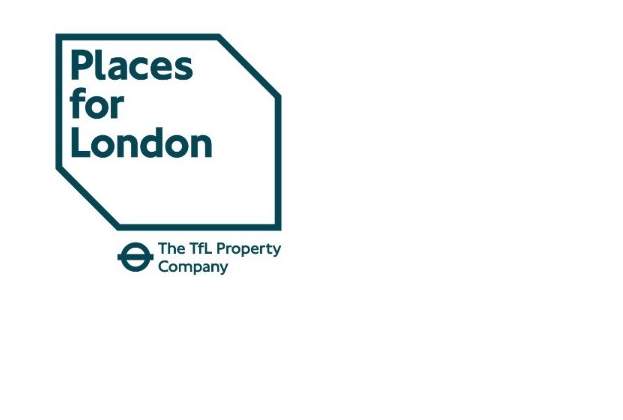Since the position statement was issued there has been almost no development in the SNWSZ, largely because of the difficulties in offsetting water demand. Despite this apparent setback for developers, the new requirements provide an opportunity for them to gain a competitive edge by providing water efficient buildings if the benefits of doing so are effectively communicated. For example, an average of 112,000 litres could be saved every year from employing water efficient fittings to achieve water neutrality within a home. Not only would this reduce costs associated with household water bills, it would also reduce energy bills as around 18 per cent of energy consumption in UK homes is spent on heating water. This has the additional advantage of reducing average household carbon emissions, which is key to meeting the UK net zero targets. Further, reducing water demand will improve water security in the UK, mitigating issues of water stress now and in the future.
As increased water stress is anticipated across the UK, it is very possible that the requirement for water neutral developments across the SNWSZ is a sign of what is to come elsewhere. Now is the time for developers nationwide to consider water efficiency measures in anticipation.
Natural England advised that water neutrality should be resolved in partnership through Local Plans across competent authorities within the SNWSZ. These authorities now require that developers submit a Water Neutrality Statement as part of a planning application, setting out the existing and proposed water consumption figures and a scheme for how water neutrality will be achieved. More specifically, it should include any details of water efficient technologies applied within the development, as well as any details of offsetting to be delivered by the developer or a third-party. This has implications for developers as it means that water efficient thinking is required much earlier in the design process than in the past to ensure successful planning applications. There are potential additional benefits associated with the integration of water efficiency ideas with sustainable urban drainage systems and drought resilient green spaces.
A successful Water Neutrality Statement should include a description of the methodology used to calculate existing and proposed water consumption. Local planning authorities have limited guidance on calculating water consumption and limited experience, meaning that Water Neutrality Statements are often rejected. This results in the refusal of planning permission, which is both time consuming and costly for developers.
In response to the challenge of water neutrality we have developed a robust, adaptable model for assessing the impact of development, and are drawing on our extensive network of landowners, estates and businesses to bring together developers and existing water users to create novel offsetting opportunities. If in doubt seek expert advice.
Further information
Contact Millie Potter or Miles Ryan-Cummings




.jpg)
.jpg)
.jpg)

-be-a-significant-emerging-asset-class-in-europe(1).jpg)
(1).jpg)
(1).jpg)